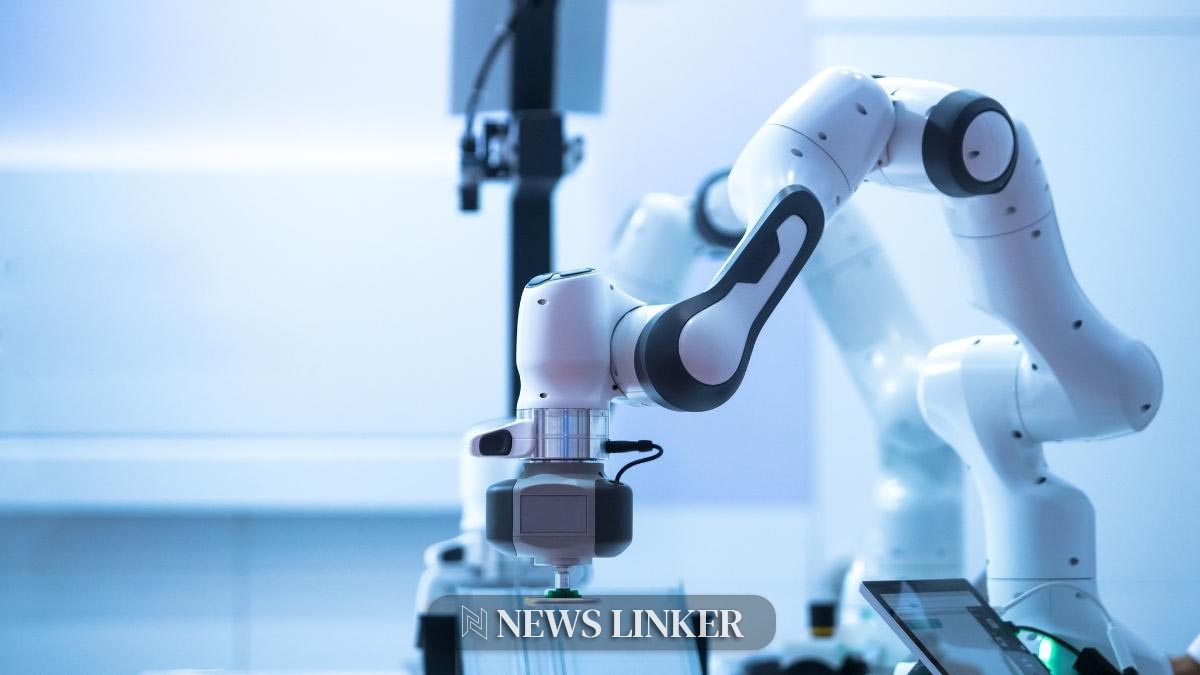In recent developments, ASTM International’s exoskeletons and exosuits committee (F48) is actively working on a new proposed standard, WK89778, aimed at enhancing the maintenance and functionality of exoskeletons. This initiative is a crucial step forward in ensuring that these sophisticated devices operate seamlessly and meet design expectations. As exoskeleton technology becomes increasingly embedded in various sectors, including industrial and medical fields, the importance of maintaining their operational integrity cannot be overstated. Matthew Dickinson, a senior lecturer in mechanical engineering and a member of ASTM, emphasized the importance of this standard in verifying tools’ power supplies before use, which is fundamental for the safety and effectiveness of exoskeleton operations.
Why is the New Standard Essential?
The introduction of the WK89778 standard is set to revolutionize the way exoskeletons are maintained. By establishing a procedural framework, it ensures that exoskeletons are not just functional but also aligned with the United Nations Sustainable Development Goal #3, which focuses on good health and well-being. The standard underscores the necessity of regular maintenance protocols to protect the health of workers using these devices, thereby promoting safety and efficiency in the workplace.
How Does ASTM Involve the Community?
ASTM is extending an invitation to professionals across various sectors to participate in the development of this and other standards. The organization values the input of experienced individuals who are familiar with power tools and manufacturing processes. Their contributions are pivotal in shaping guidelines that address the unique needs of diverse applications of exoskeleton technology, from manufacturing to emergency response.
Connection to Broader ASTM Activities?
This initiative is part of a broader effort by ASTM to set benchmarks in robotics and automation. ASTM has been actively developing standards for various robotic applications, including robotic grasping, legged robots, and assembly robots. These efforts highlight the organization’s commitment to advancing technology in a way that ensures safety and reliability across all platforms and applications.
Practical Implications of the Standard
- Enhanced safety and efficiency in workplaces utilizing exoskeletons.
- Improved alignment of exoskeleton functionality with global health goals.
- Fostered community involvement in the continuous improvement of technology standards.
Exoskeleton technology, which has seen various iterations and improvements over the years, has been central to discussions about workplace efficiency and health. Previously, the focus was primarily on the technological advancement of these suits. However, the narrative has gradually shifted towards comprehensive maintenance and standardization, especially as these devices find broader applications across different industries. Earlier discussions and prototypes primarily showcased potential; current dialogues, like those initiated by ASTM, emphasize sustainable and practical applications. These evolving perspectives reflect a maturing technology poised for integration into everyday use, with a strong emphasis on user safety and equipment reliability.
The introduction of standardized protocols for maintaining exoskeletons speaks volumes about the technology’s journey from experimental prototypes to essential tools in industrial and medical settings. Maintenance standards like WK89778 are not just technical requirements but are foundational to ensuring that the deployment of exoskeleton technology is both responsible and sustainable. As these devices become more common in workplaces, the standards will play a crucial role in ensuring they are a boon, not a bane, to industries aiming for innovation while safeguarding worker health.










